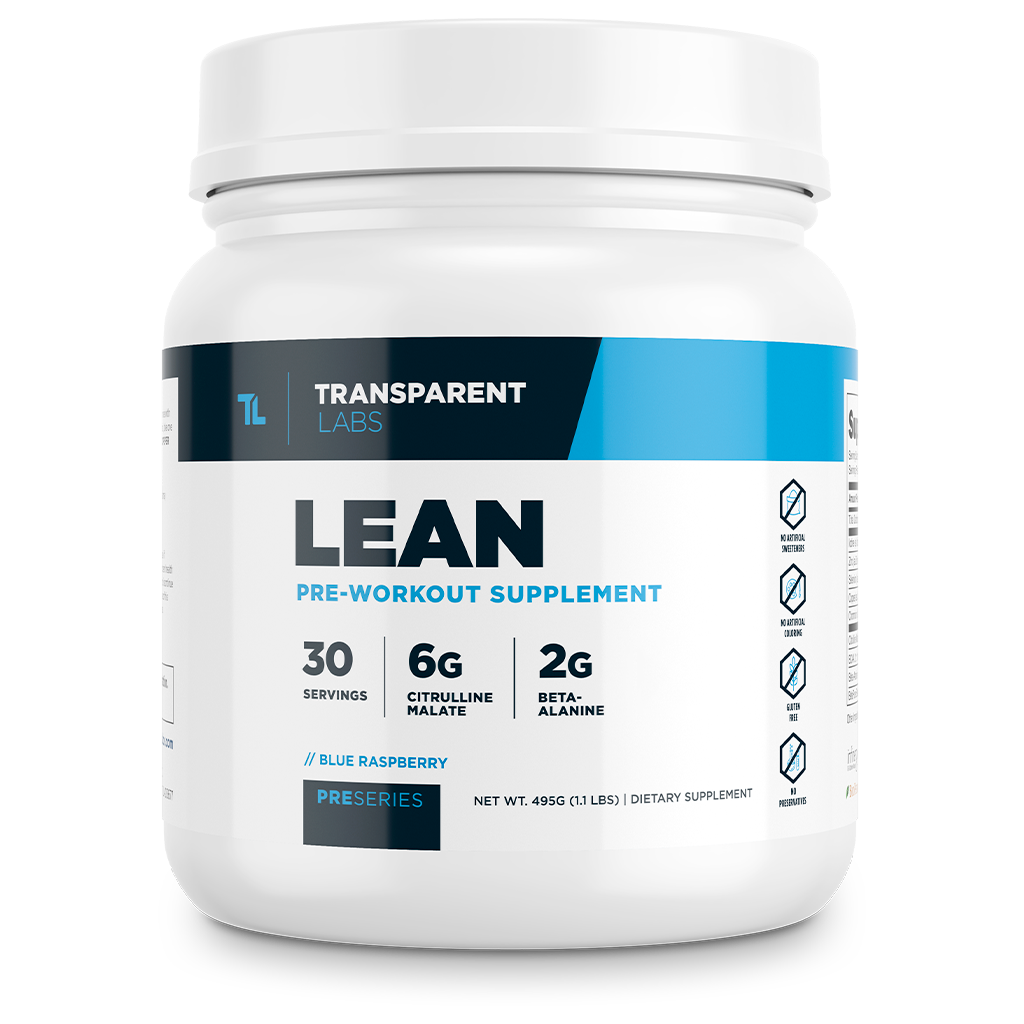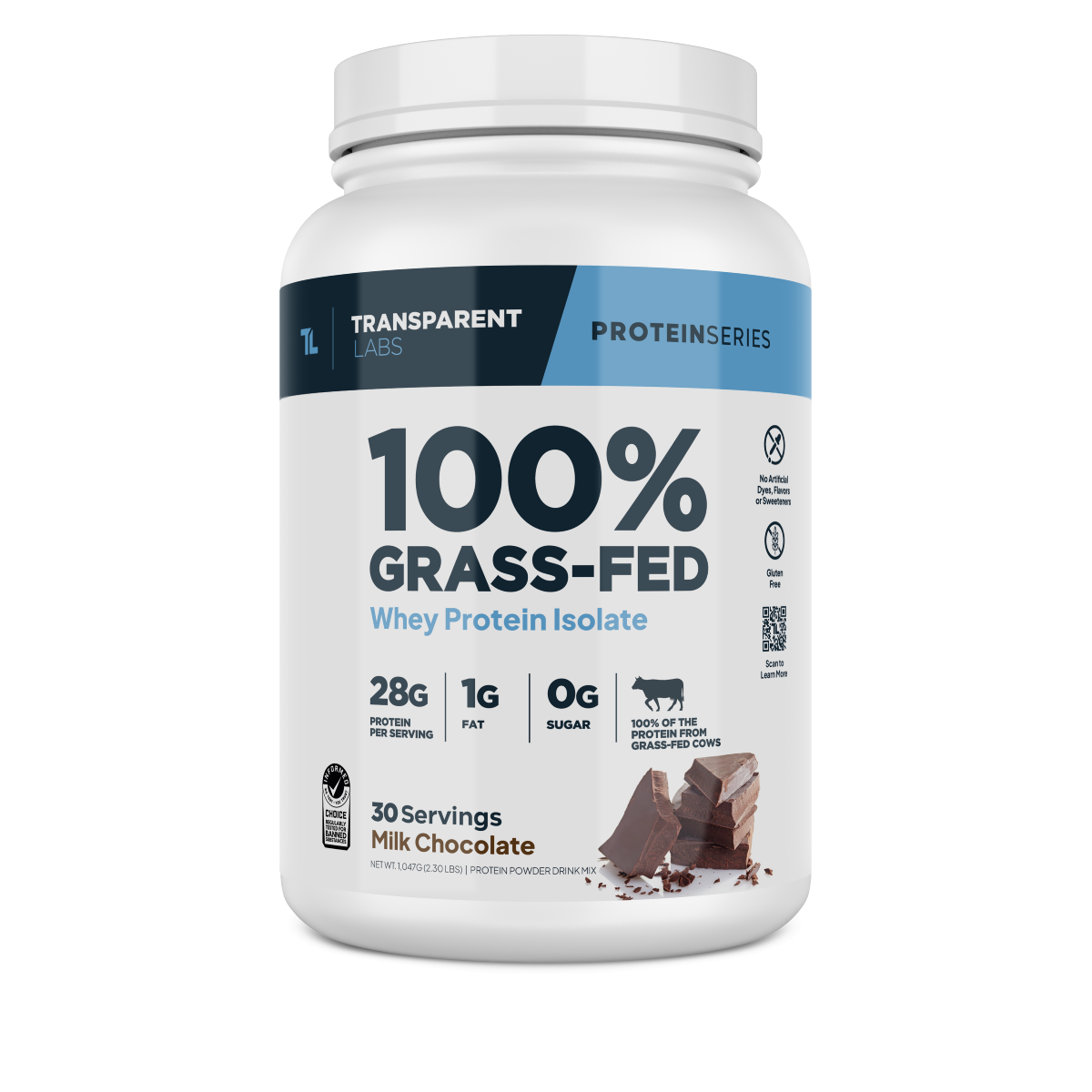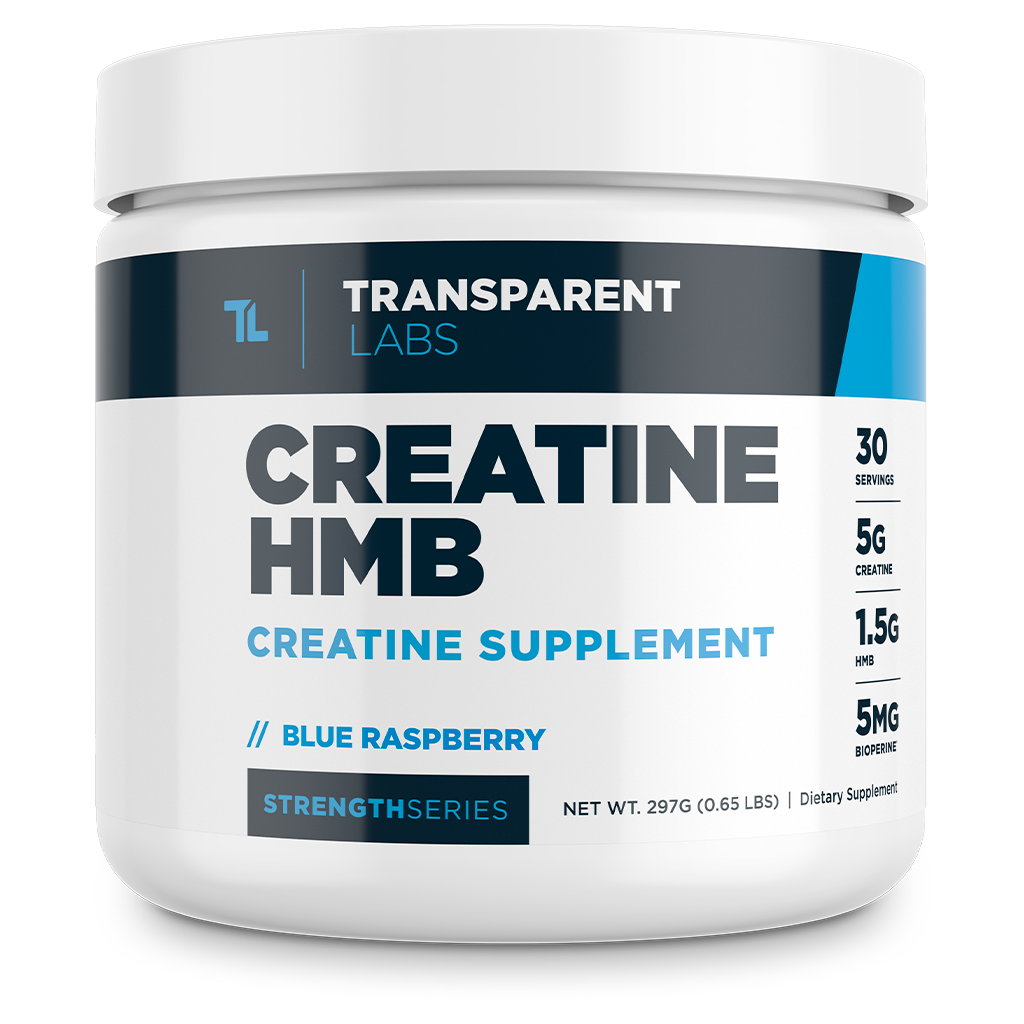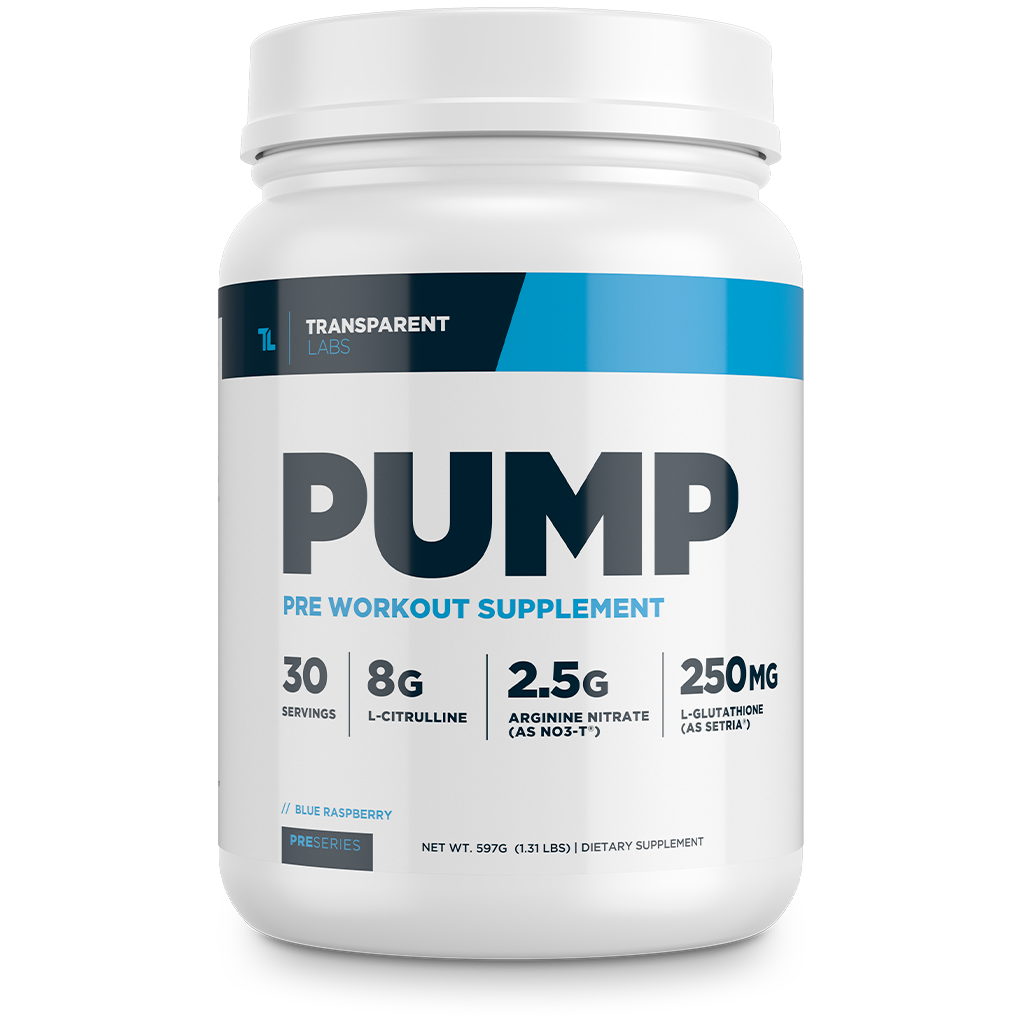The 8 Best Deltoid Exercises for Your Shoulder Workout

The Best Deltoid Exercises for Your Shoulder Workout | Complete Guide
Even though shoulder workouts don't sound like the most exciting thing in the gym, they are an important component to a well-rounded training routine. Deltoid exercises will not only help you achieve that coveted "capped delts" look but also give you the strength and function to perform numerous different exercises effectively. Not to mention, stronger shoulder muscles help prevent injuries and improve posture.
This article briefly covers the anatomy of the deltoid muscles, their biomechanical function, and the challenges you may encounter during shoulder workouts. More importantly, you'll find a list of the eight best deltoid exercises for developing stronger shoulders.
What Are the Deltoid Muscles and What Is Their Function?
Deltoids — or "delts" for short — are the large muscles that wrap around your shoulder joints and cover your upper arms, giving them their round, triangular shape. They're attached by tendons to three skeletal structures: the collarbone (clavicle), the upper-arm bone (humerus), and the shoulder blade (scapula).
The deltoid muscle is primarily responsible for movement of the shoulder joint, particularly abduction of the upper-arm bone (humerus). The deltoids also often work as stabilizing muscles during exercises that target other upper-body muscles (e.g. the trapezius and pectorals)
The deltoid muscle group consists of three sets of fibers called the "heads of the deltoids." These include the anterior deltoid, lateral deltoid, and posterior deltoid, commonly known as the front, side, and rear delts, respectively.
While it may resemble one single muscle, research has found that the deltoid actually comprises seven anatomical elements with distinct tendon origination points, notably intersecting with the trapezius, rotator cuff muscles, and teres major [1].
Why Deltoid Workouts Are Important
Even though your delts are activated as secondary/assisting movers during many upper-body exercises — especially chest and back exercises — deltoid exercises are an integral component of any training program.
The front deltoids are frequently and naturally used during everyday motions like lifting heavy shopping bags and reaching to the top shelf of your cupboards. However, the side and rear delts remain relatively inactive and are often neglected by gym-goers.
Therefore, focusing on specific (lateral and rear) deltoid exercises to strengthen these two areas will help develop robust shoulders.
Here's how strong deltoids will help you feel, function, and perform better:
INJURY PREVENTION
If you've been training for a while, you're probably aware that one of the areas of your body that is more prone to injury is your shoulders. Weak deltoid muscles, especially the oft-neglected posterior deltoid, can quickly become shoulder joint problems.
In fact, shoulder exercises can be quite beneficial for pain and discomfort from rotator cuff injuries. One study found that subjects saw significant improvements in soreness and range of motion after three weeks of daily shoulder training [2].
The key takeaway is that by strengthening your shoulder muscles, you can better avoid injuries inside and outside of the gym. Of course, if you have pain in your shoulder joint, it's best to consult a physical therapist or physician before adding strength-training exercises to your regimen.
BETTER POSTURE AND A POSITIVE MINDSET
Movements that target your posterior deltoid muscles spontaneously activate your trapezius by joining the shoulder blades. This leads to improved posture, a stronger core, and a more functional back. As a result, you will look taller and slimmer, giving you an extra boost of confidence.
In fact, evidence suggests that better posture is linked with positive mood, enhanced focus, and fewer negative thoughts [3]. So, the next time you feel like a dark cloud is looming over your head, a good shoulder workout (or any workout, for that matter) can do wonders mentally and help you get back to a better headspace.
WIDEN YOUR TRAINING HORIZONS WITH STRONG SHOULDER MUSCLES
If pull-ups are your nemesis, weak deltoid muscles might be the reason why. When you think about it, all upper body and core exercises involve your shoulder muscles, particularly your anterior deltoid.
As such, weak shoulders will put a damper on other upper-body exercises, especially compound pulling and pressing movements (e.g. pull-ups and the bench press). Conversely, developing strong shoulders will translate to better performance on those movements.
The 8 Best Deltoid Exercises

Now that you know the myriad benefits of deltoid training, it's time to learn about the best shoulder exercises to include in your next gym session. Pay special attention to the mechanics of each movement and don't let your ego get too far ahead (the last thing you want is a serious shoulder injury).
Furthermore, you might notice that your delts fatigue quickly compared to other major muscle groups of the upper body. When this happens, don't push the envelope. Listen to your body and gradually add resistance/reps/sets to your shoulder workouts over the course of several weeks.
The good news is that if you weren't previously targeting your delts much in the gym, you'll see significant results regarding muscle growth and definition after the first few diligent shoulder training sessions.
As always, make sure you warm up your shoulder muscles properly before you start your deltoid workouts. Five to 10 minutes of windmills, plank twists, and band pull-aparts are a great way to prepare your shoulders for heavy lifting. And if you feel like you could use extra energy and focus for your workouts, a scoop of Transparent Labs BULK Pre-Workout will do the trick.
Lastly, remember to rest between sets (1-2 minutes should be plenty) and don't get too carried away with weight until you've honed the technique on each shoulder exercise.
So, without further ado, here are the best deltoid exercises and how to perform them properly:
1. DUMBBELL SHOULDER PRESS (OVERHEAD PRESS/MILITARY PRESS)

For this pressing exercise, start in a standing upright position. Make sure your back is straight.
Hold one dumbbell in each hand, bend your elbow, and lift your hands at shoulder level. Check for overhand grip and that your thumbs are on the inside with your knuckles facing upward.
Press the dumbbells above your head, stretching your arms until your elbows are nearly straight. Stay there for a few moments and then return to the starting position.
2. ARNOLD PRESS
The Arnold press, named after the all-time great bodybuilder Arnold Schwarzenegger, is a variation of the traditional dumbbell shoulder press that places more emphasis on the front delts. The setup is similar, with your feet hip-width apart in a standing or sitting position. Hold a dumbbell in each hand, at shoulder height, in front of your torso. Make sure your palms face the midline of your body (by rotating your wrists internally).
Press the dumbbells above your head, externally rotating your wrists as you extend your arms until your elbows are nearly locked out. Once you reach the top, your palms should be facing forward. Lower the dumbbells back into the starting position by rotating your wrists internally on the way down.
3. DUMBBELL UPRIGHT ROW

While the upright row is typically considered an exercise for the traps, it's also a good way to target anterior deltoids. Start by standing upright (a slight forward lean is okay) holding a pair of dumbbells, one in each hand. Rest them in front of your thighs with a neutral grip.
Bend your elbows and lift both dumbbells simultaneously, vertically, until they're in front of your collarbones, ensuring your elbows point toward the ceiling. However, be careful not to let your elbows go too high.
Lower the dumbbells back down to their starting position to complete the repetition.
4. DUMBBELL LATERAL RAISE
For a dumbbell lateral raise, begin by standing with your feet shoulder-width apart. (These can also be done seated, but it will place more emphasis on your traps). Hold a pair of dumbbells, one in each hand. Let them rest against your sides with your palms facing inward.
Slightly bend in your elbows and raise your arms straight out toward your sides, until they're at the level of your shoulders. The goal is to create a T shape with your body.
Pause, then return to your original position.
5. FACE PULL

For this exercise, you'll need a cable machine with a rope attachment or a resistance band. The pulley of the cable machine should be set to a height that's about level with your forehead.
While standing a few feet away from the pulley, grab the handles of the rope attachment, ensuring your palms are facing inward. Pull them toward your face. As you do, draw your hands apart, toward the sides next to your ears. Squeeze and hold the contraction before slowly extending your arms back to the starting position.
6. REAR DELT FLY
For this exercise, which primarily targets the rear deltoid muscle, start with your feet shoulder-width apart. Hold a dumbbell in each hand with your palms facing inward. Let the dumbbells hang straight down from your shoulders.
Bend your hips forward until your chest is almost parallel to the ground. Keep your back flat and your elbows slightly bent.
Raise your arms straight out toward the side, until they align with your body. Pause, then return back to the starting position.
Note: Alternatively, you can do this exercise using an incline bench. In this case, it's called the bent-over reverse fly.
7. T PUSH-UP
Begin this exercise in a high push-up position. Lower your body until your chest almost reaches the ground. Push back up and, at the same time, rotate one side of your body upward. Raise your arm toward the ceiling and hold for a few seconds before returning to the starting position. Alternate sides with each repetition.
8. Burpee
The burpee is a classic bodyweight exercise that targets many muscle groups, including the anterior and lateral deltoids. It is, admittedly, a confusing exercise to describe verbally so we highly recommend watching this burpee demonstration video.
Don't Neglect Shoulder Training
Even if the deltoids haven't previously been a priority in your gym time, now is the time to consider adding them to your fitness routine. Strengthening your deltoids is crucial to prevent shoulder injuries, maintain healthy upper-body posture, and assist in compound upper-body movements.
Whether you dedicate a weekly session to shoulder training or simply add some deltoid exercises to your other upper-body training days, building some bulk to your deltoids will contribute to your "V-taper" in a hurry. Nothing says "Dang, that person must lift," like muscular delts.




